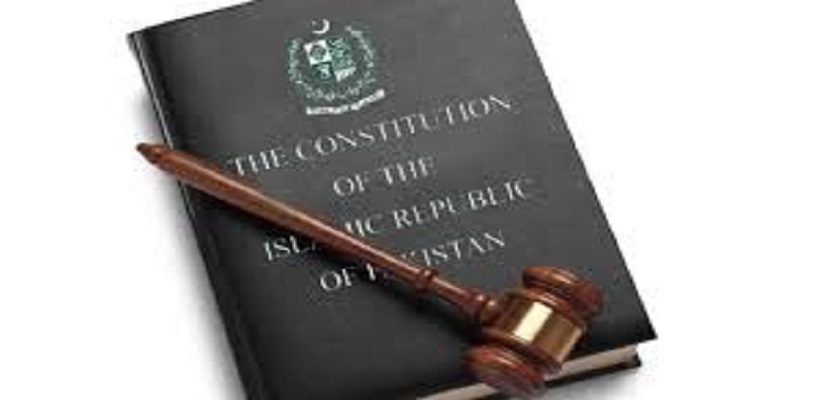Milestone in Governance Pakistan's First Constitution of 1956
The Constitution of Pakistan in 1956 marked a significant milestone in the country's history as it represented the first formal attempt to establish a constitutional framework for the newly independent state. Adopted on March 23, 1956, the constitution was a reflection of the socio-political aspirations of the people of Pakistan at that time.
The preamble of the Constitution of 1956 articulated the ideals and objectives that the framers sought to achieve. It affirmed the sovereignty of Allah, the Creator, and recognized the principles of democracy, freedom, equality, tolerance, and social justice as the foundation of the state. The preamble aimed to establish a democratic polity that respects individual rights and fosters a just and equitable society.
The constitution delineated the structure of the state, dividing powers among the executive, legislative, and judicial branches. The President of Pakistan was designated as the Head of State and held certain powers, including the appointment of the Prime Minister and the Chief Justice. The Prime Minister, in turn, was the head of the government and exercised executive authority.
The legislative branch consisted of the National Assembly and the Senate. Members of the National Assembly were elected by the people, while the Senate comprised representatives from the provinces. This bicameral legislature aimed to ensure a balanced representation of the diverse regions of Pakistan. The legislature held the power to enact laws, approve the budget, and scrutinize the actions of the executive.
The Constitution of 1956 defined the relationship between the federal government and the provinces. It granted autonomy to the provinces in certain matters, emphasizing the principle of federalism. However, the central government retained authority over key subjects such as defense, foreign affairs, and currency.
One notable feature of the 1956 Constitution was the establishment of an advisory body known as the Council of Islamic Ideology. Comprising scholars and experts, the council was tasked with advising the government on matters related to the conformity of laws with Islamic principles. This demonstrated the constitutional commitment to incorporating Islamic values into the legal and governance framework.
The fundamental rights enshrined in the constitution aimed to protect the individual liberties of the citizens. These rights included the right to life, liberty, and security of person; freedom of speech and
expression; and the right to practice one's religion. The constitution recognized the equality of all citizens before the law, irrespective of their race, religion, or gender.
Despite its progressive aspects, the Constitution of 1956 faced challenges and controversies. Political instability, regional tensions, and a lack of consensus among various political groups contributed to its short lifespan. The constitution was abrogated in 1958 when President Iskander Mirza, with the support of the military led by General Ayub Khan, declared martial law and suspended the constitution, ushering in a period of military rule.
The Constitution of 1956 holds historical significance as the first attempt by the people of Pakistan to codify their governance principles after gaining independence. While it had its strengths, it also faced inherent challenges that reflected the complex socio-political landscape of the time. Subsequent constitutions would be adopted in the years to come, each shaped by the evolving needs and aspirations of the Pakistani people.

